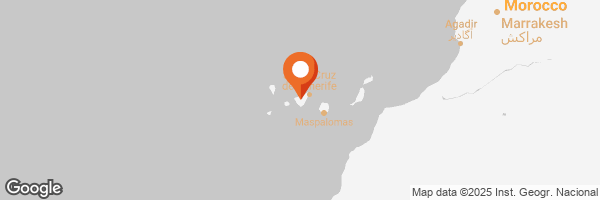
Hello friends. We continue exploring Tenerife and today I want to talk about our visit to the highest point on the island Mount Teide, which is also the highest point in Spain. There are actually several volcanoes on the island and they have erupted at different times. The last eruption occurred in 1909.

As for the first documented eruption, it was observed by Christopher Columbus while sailing from La Gomera to Gran Canaria. However, this was not Mount Teide but an older volcano Pico Viejo, which can still be seen clearly from here. Honestly I’m not a geologist, so instead of going into detail about how this place was formed, I’d say the most important thing is visiting these breathtaking viewpoints and discovering the beauty of nature. As you ascend the climate zones change, you first pass through sparse vegetation, then enter pine forests surrounded by lava formations. Higher up the landscapes become even more barren and at the summit, you can even see snow.





After that we headed towards the old Pico Viejo. Despite being quite old, it is one of the most recent volcanoes to erupt, becoming active in 1798. This viewpoint is called Nariz del Teide (Teide’s Nose) because the eruption occurred right on this slope. You can clearly see the holes where lava and ash spewed out. The area is famous for its Mars-like landscapes and has inspired many filmmakers. Many sci-fi movies have been shot here, especially in the Las Cañadas region.



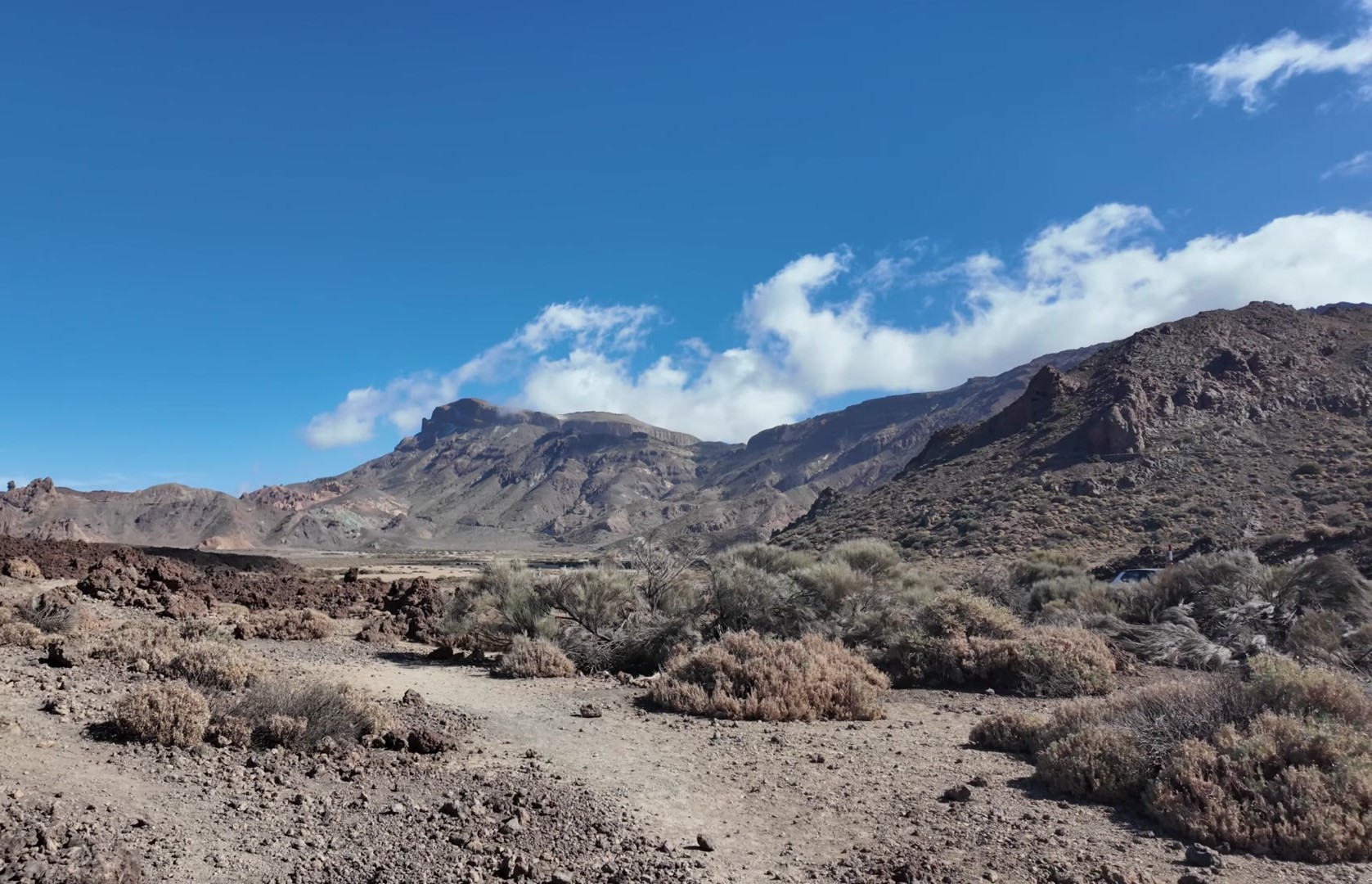
As we climbed higher not only did the scenery change, but the temperature dropped significantly. At around 2000 meters above sea level, we could feel the noticeable cold. After that we visited one of the most poetically named viewpoints: The Queen’s Shoe. To be honest, imagining a Queen’s shoe in these lava formations wasn’t easy for me. But still it looked quite impressive and majestic. Similarly the Teide Volcano in the background offered a stunning view. As we got closer, Pico Viejo stood out even more clearly. From here we could even see the cable car line.


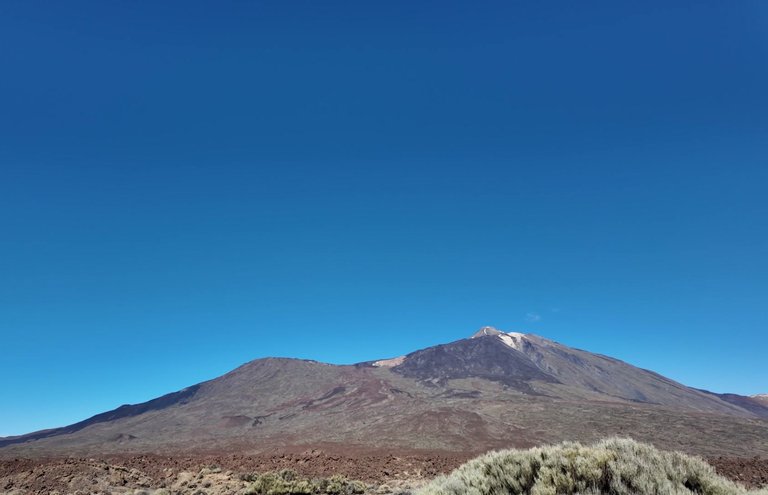
The traces of the last eruption are still visible. Back then the lava was red-hot, but now, these dark-colored marks clearly show the direction in which it flowed. In the 1798 eruption, lava streamed down the slopes of Pico Viejo and solidified here, forming scattered rock fields.
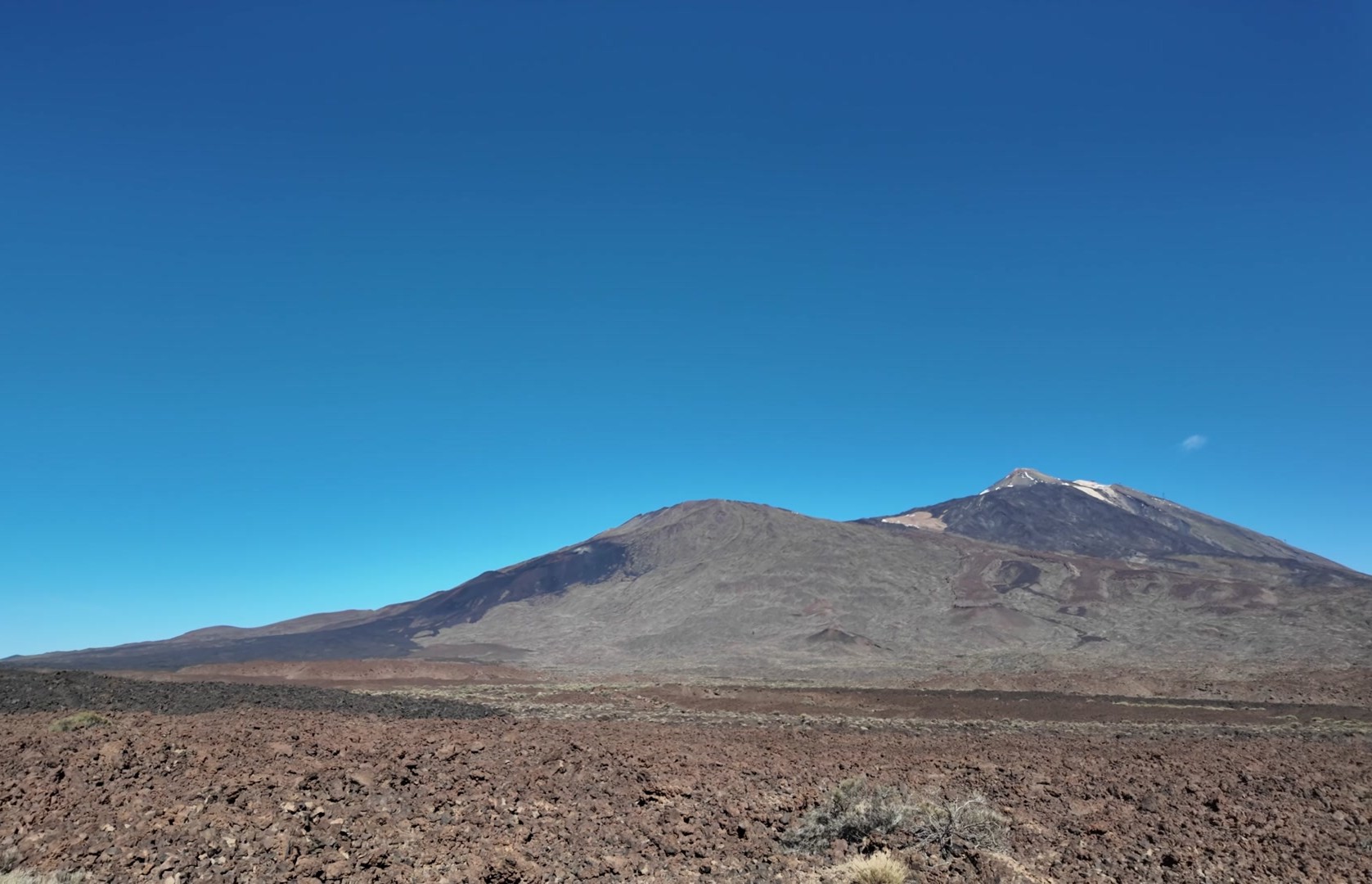
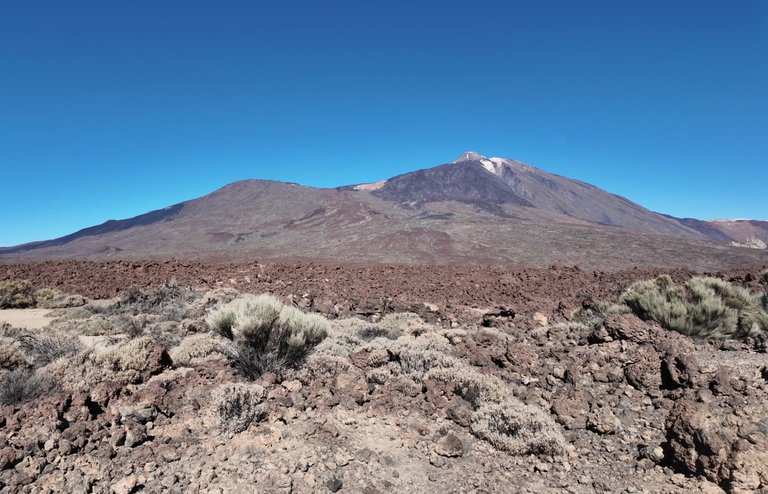
We arrived at the lower station of Teide, which is at an altitude of 2356 meters. The cable car took us up to 3718 meters, very close to the highest point.
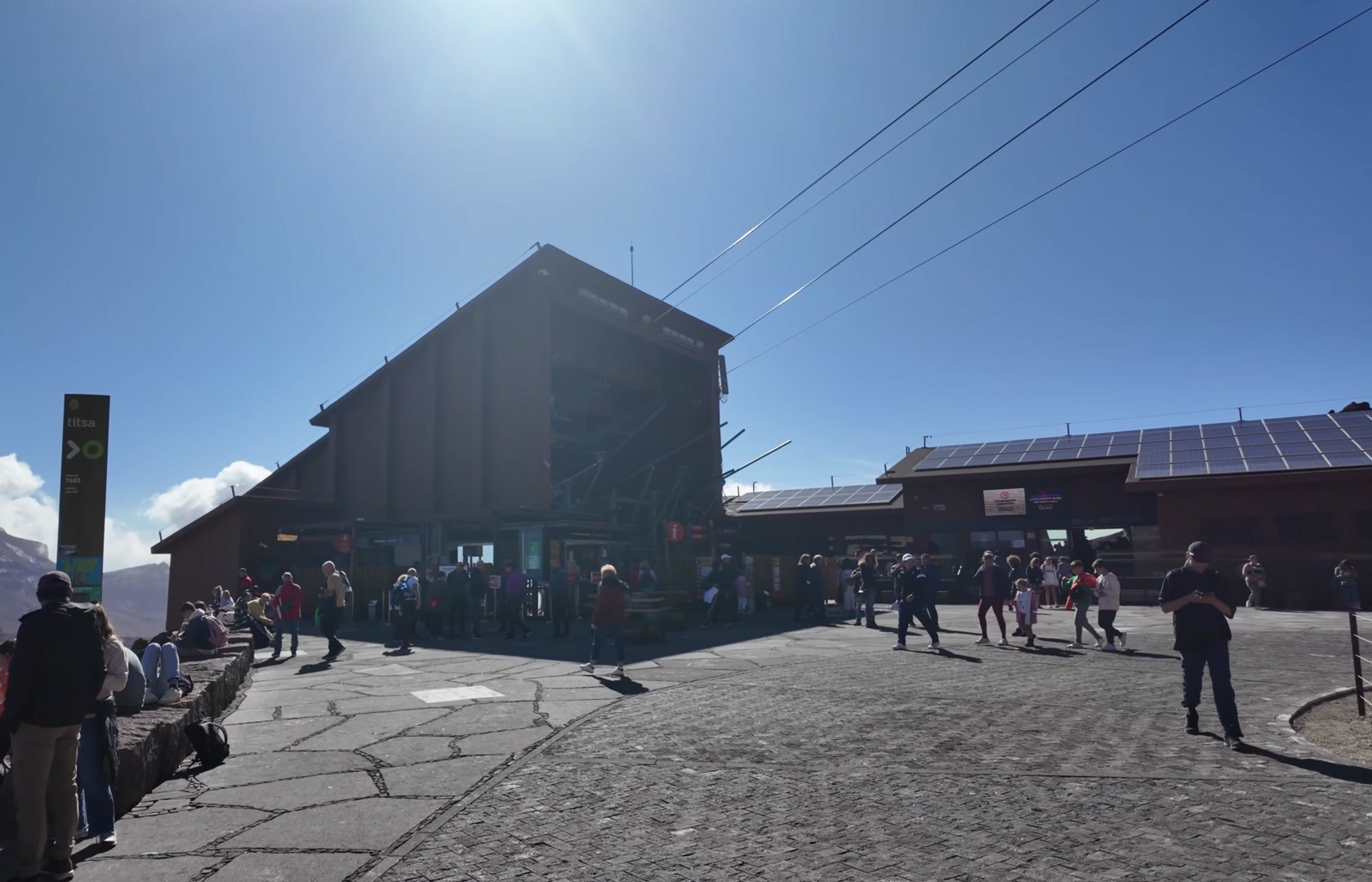
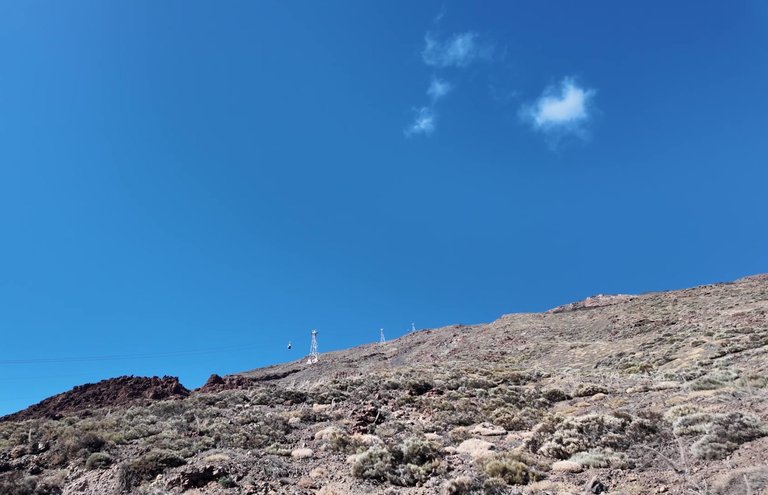
Reaching the summit of Teide is an inspiring experience. The cable car was first planned in 1929, but its construction took much longer. The idea came from a local lawyer, who negotiated with the local government for years to build the station. Eventually the government granted the land in exchange for building a school. I think that was a pretty good deal.



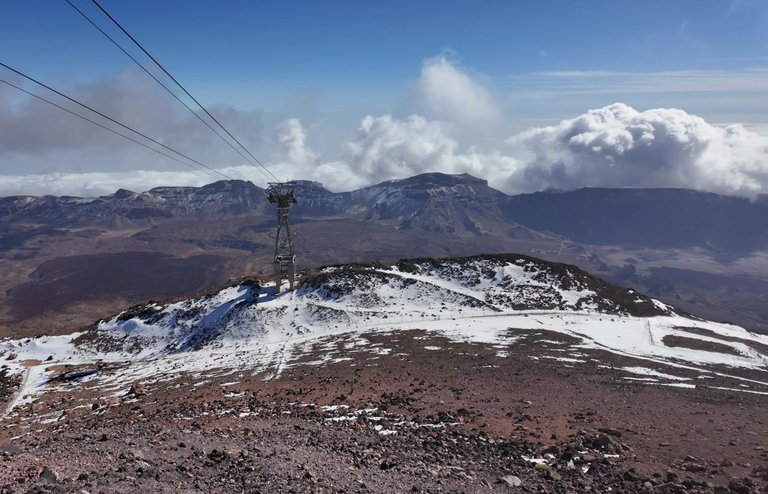
The cable car ride takes just 8 minutes and each cabin holds 45 people. If the weather is clear, you can see almost all the Canary Islands from the top. However, today the sky was a bit cloudy. Still we tried to capture the view through the clouds.


I must say I’m not really into mountaineering and the altitude here didn’t make me feel very comfortable. But the scenery is absolutely worth it. You can see snow, rocks and clouds all in one place. Unfortunately, the surrounding islands weren’t very visible today.


The walking areas at the summit are quite restricted. If you want to hike on the trails here or reach the very top of Teide, you need to obtain a special permit in advance. And you have to arrange these permits at least three months ahead, as demand is very high. Active travelers don’t miss this opportunity!

Another significant site visible from Teide is the famous Teide Observatory. I’m not exactly sure what they observe here, but advanced astronomers say that the Milky Way looks spectacular from this location.

I find the cable car ride a bit expensive. On our previous trip, we couldn’t go up because the cable car was undergoing maintenance. So, this was my first experience here.

This area has also been used as a natural film set for many famous movies. Some of the films shot here include 10000 bc, Star Wars, Planet of the Apes and even Fast & Furious 6. And movies like Clash of the Titans were filmed here. Most scenes were shot in Teide and the surrounding Las Cañadas region.
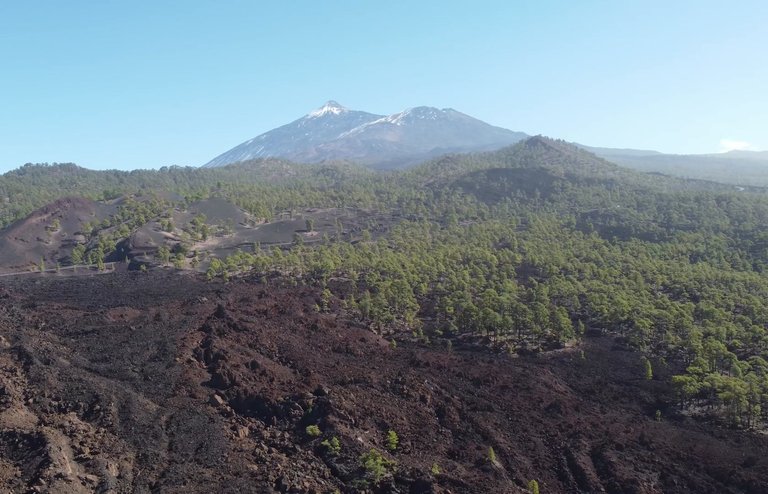
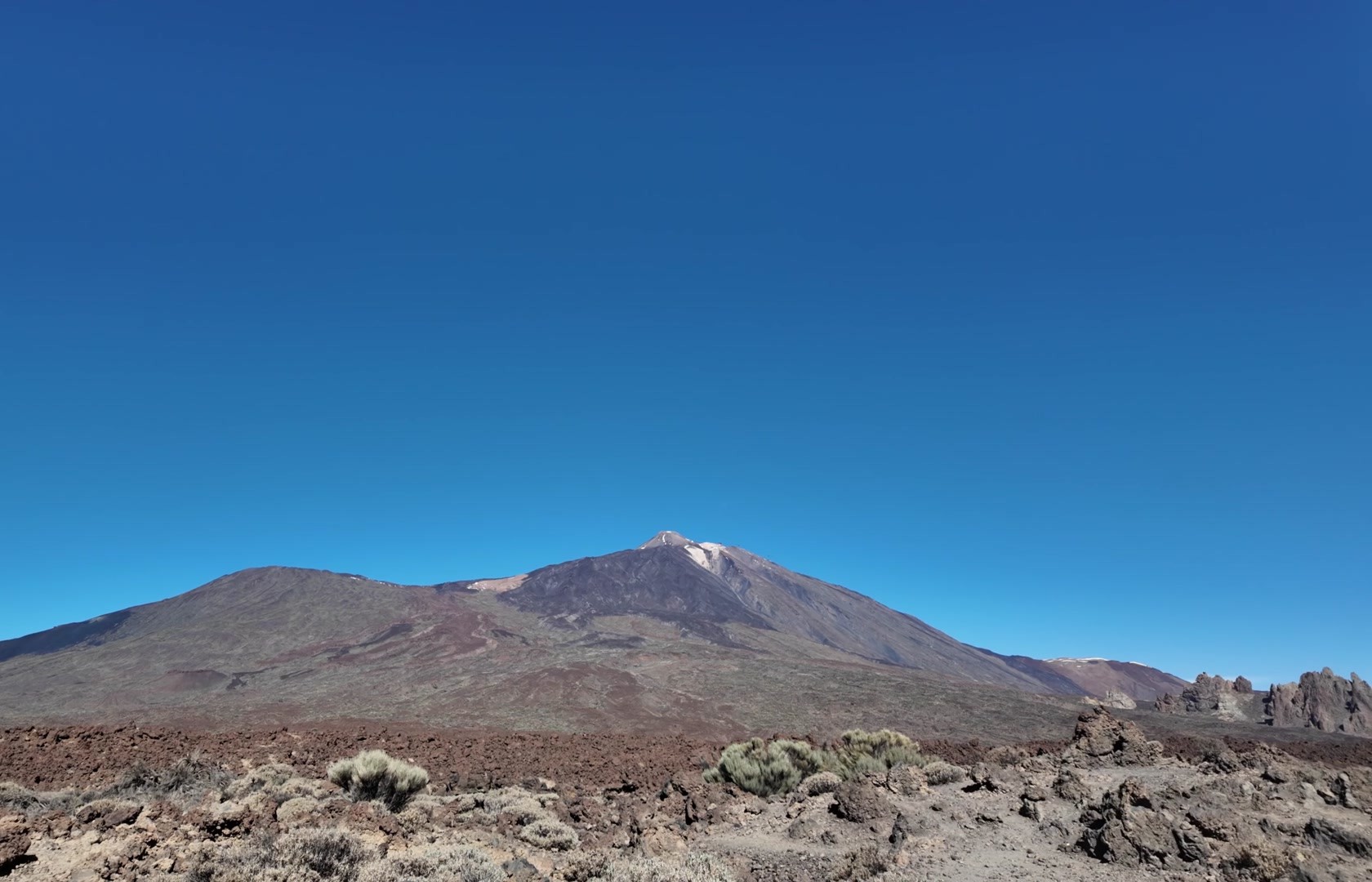
It’s worth mentioning that this area was once an old quarry. Pumice stone was extracted here and used in the construction industry. Even today, some volcanic stones are still used for building materials. For example, we saw these stones in historical buildings in Santa Cruz and La Laguna. They are also still used for paving sidewalks. In fact, some decorative items are even made from lava stones.

The first people to use these stones were the indigenous inhabitants of the island, the Guanches. They used these stones both for everyday tools and in their rituals. And Mount Teide held sacred significance for them. According to their beliefs, an evil demon lived at the summit, right inside the crater. This demon or in some sources, a god, was called Guayota. When the volcano erupted it was a sign that Guayota was not pleased with the offerings made to him. Apparently in recent years, the demon has been satisfied with the enormous amount of money left by the tourists visiting the island.
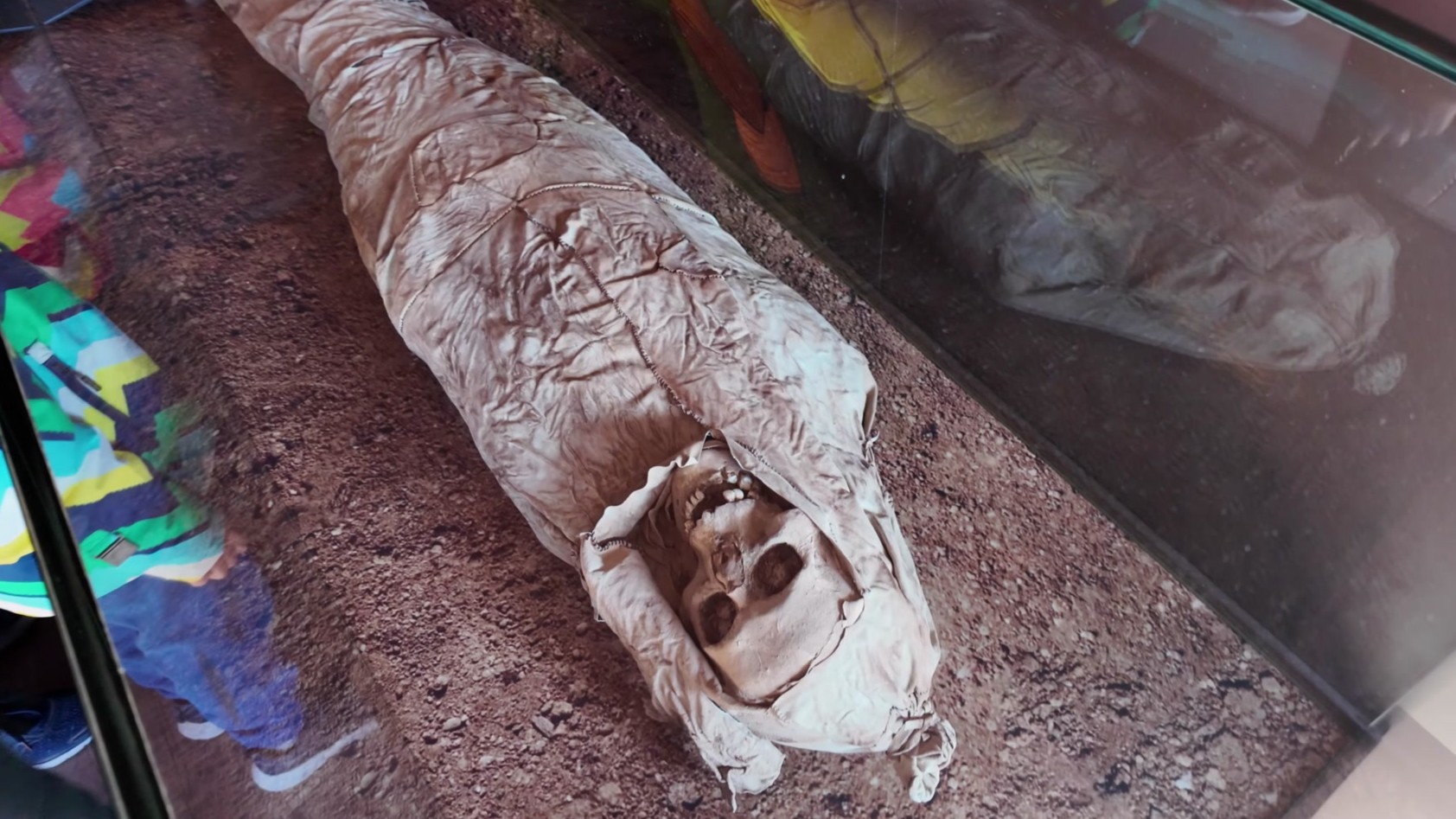
The Guanches also buried their dead in the caves along the slopes of Teide. They mummified the bodies, wrapped them in rocks and preserved them in these caves. Today you can see a model of these mummies. The real Guanche mummies are displayed at the Museum of Nature and Archaeology in Santa Cruz. I haven’t been to that museum, but I did visit the contemporary art space nearby.
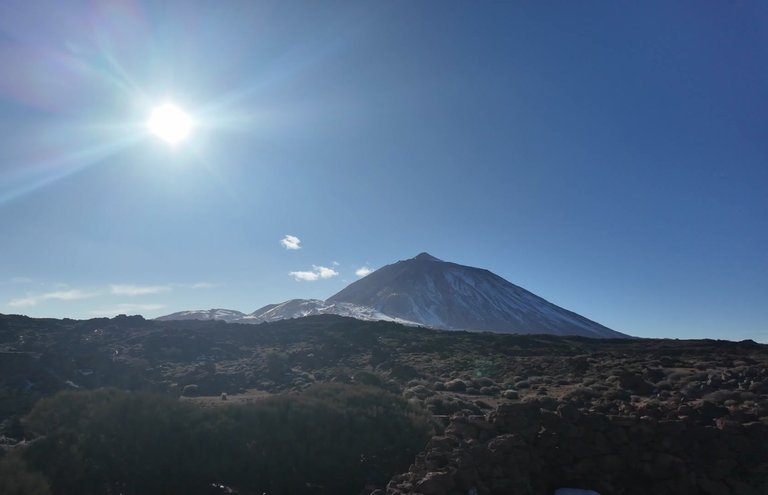
We then descended from the northern slope of Teide, which has a completely different landscape. First Pico Viejo no longer obstructs the view, so we can see the full silhouette of the volcano. Also since this area is in the north, it receives less sunlight,almost none in winter. As a result this slope remains completely covered in snow, giving the impression that you’re in the Alps.

Seeing snowy landscapes on a tropical island so close to the African continent is fascinating. The view is incredible and my definite recommendation is this: Go up from the southern slope and descend from the northern slope or vice versa. This way you can experience different natural landscapes and have a much richer travel experience.
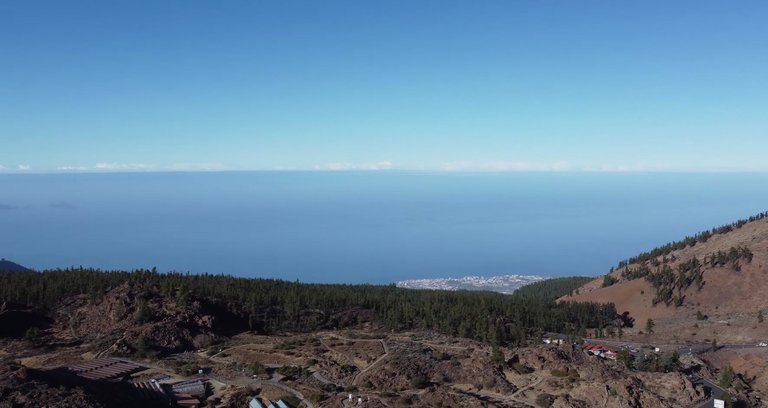
On my next trip I might explore one of the most interesting places in Tenerife: Animal Kingdom. This place is home to a large colony of different penguin species. In addition it features extraordinary landscape design and architecturally unique structures made up of massive domes.

See you on the next adventure!
